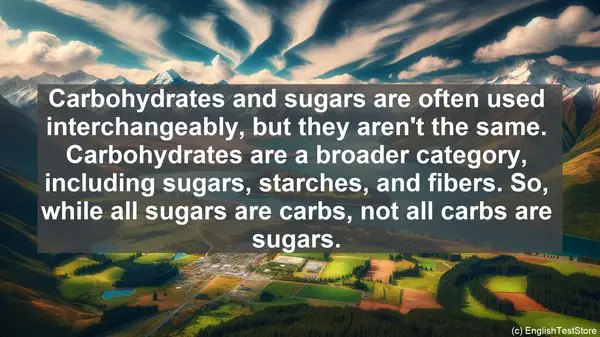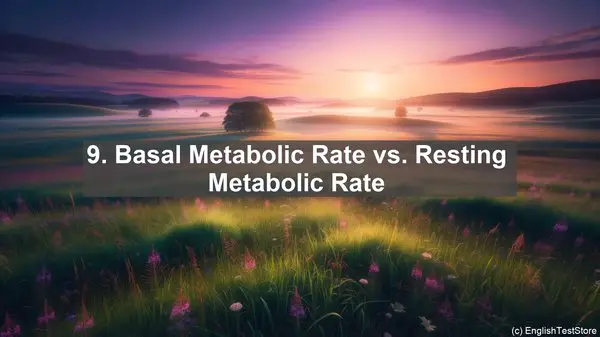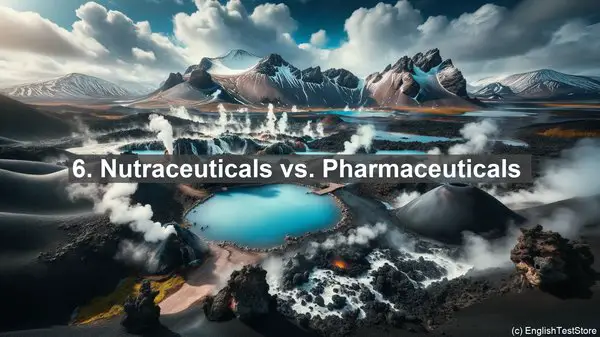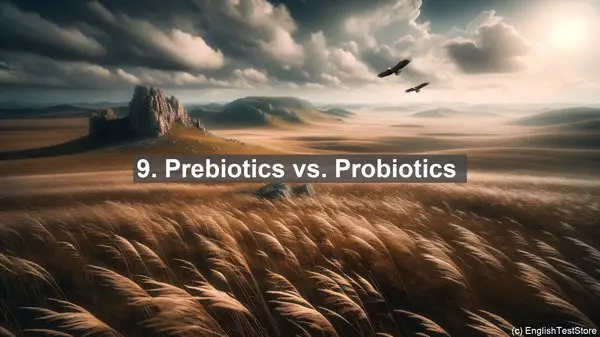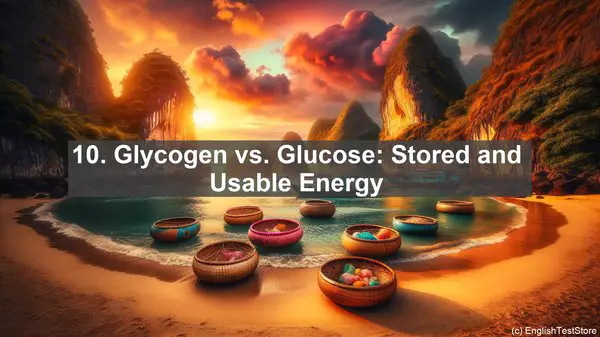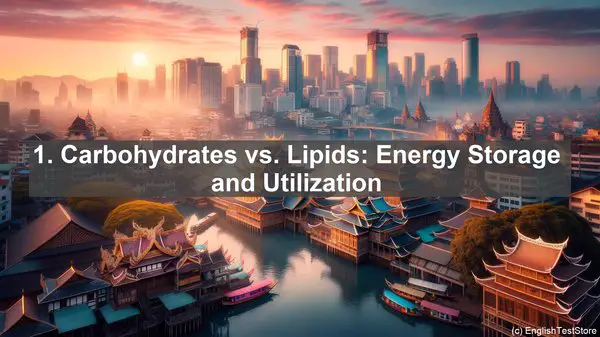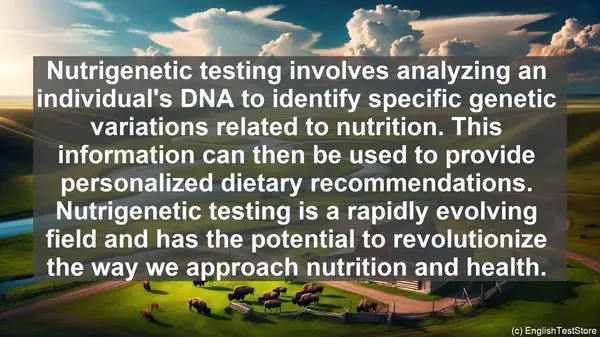Introduction: The Complexity of Ocean Acidification
Ocean acidification is a significant concern for our planet’s health. But understanding it can be challenging, especially with the various terms used. Today, we’ll tackle the top 10 words that often cause confusion. So, let’s dive in!
1. Acidification vs. Acid Rain
Acidification and acid rain are related but distinct. Acid rain refers to the deposition of acidic compounds from the atmosphere onto land and water surfaces. On the other hand, acidification specifically pertains to the increasing acidity of the oceans due to carbon dioxide absorption.
2. pH vs. Acidity
pH is a measure of the concentration of hydrogen ions in a solution, indicating its acidity or alkalinity. In the context of ocean acidification, a decrease in pH signifies an increase in acidity. So, when we say ‘ocean acidification,’ we’re referring to a decrease in oceanic pH.
3. Carbonic Acid vs. Carbon Dioxide
Carbon dioxide, a greenhouse gas, dissolves in seawater, forming carbonic acid. It’s this carbonic acid that leads to the acidification of the oceans. So, while carbon dioxide is the gas, carbonic acid is the resulting compound responsible for the pH decrease.
4. Dissolution vs. Erosion
Dissolution and erosion both involve the wearing away of material, but they differ in scale and mechanism. Dissolution, in the context of ocean acidification, refers to the chemical breakdown of calcium carbonate structures, like coral reefs, due to increased acidity. Erosion, on the other hand, is the physical wearing away of land or structures by natural forces like waves.
5. Calcification vs. Photosynthesis
Calcification and photosynthesis are vital processes for marine organisms. Calcification refers to the ability of certain organisms, like corals and shellfish, to build their calcium carbonate structures. Photosynthesis, on the other hand, is the process by which plants and algae convert sunlight into energy. Both these processes can be impacted by ocean acidification.
6. Buffering Capacity
The ocean has a natural buffering capacity, which means it can resist changes in pH to some extent. However, with the increasing carbon dioxide levels, this buffering capacity is being overwhelmed, leading to more significant pH decreases and faster acidification.
7. Alkalinity vs. Basicity
Alkalinity and basicity both refer to the opposite of acidity. In the context of ocean chemistry, alkalinity specifically measures the ability of a solution to neutralize acids. Basicity, on the other hand, is a more general term indicating the presence of a base.
8. Ocean Acidification vs. Global Warming
Ocean acidification and global warming are interconnected but distinct issues. Global warming refers to the overall increase in Earth’s temperature due to greenhouse gas emissions. Ocean acidification, on the other hand, is the specific consequence of increased carbon dioxide levels in the oceans.
9. Anthropogenic vs. Natural
Anthropogenic refers to something caused or influenced by human activities. When we talk about anthropogenic ocean acidification, we’re referring to the acidification that’s primarily driven by human-induced carbon dioxide emissions. In contrast, natural acidification can occur due to volcanic activity or other natural processes.
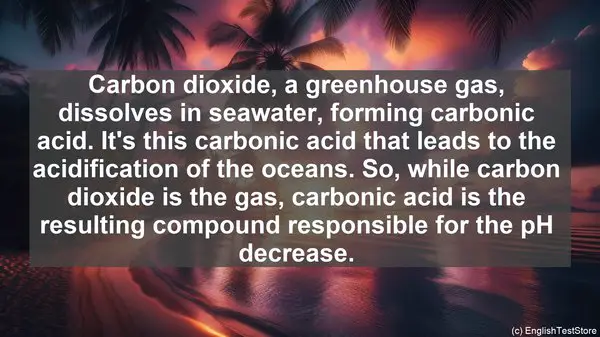
10. Mitigation vs. Adaptation
Mitigation and adaptation are two strategies to address the impacts of ocean acidification. Mitigation involves reducing carbon dioxide emissions to prevent further acidification. Adaptation, on the other hand, focuses on strategies to help marine organisms and ecosystems cope with the changing conditions.








